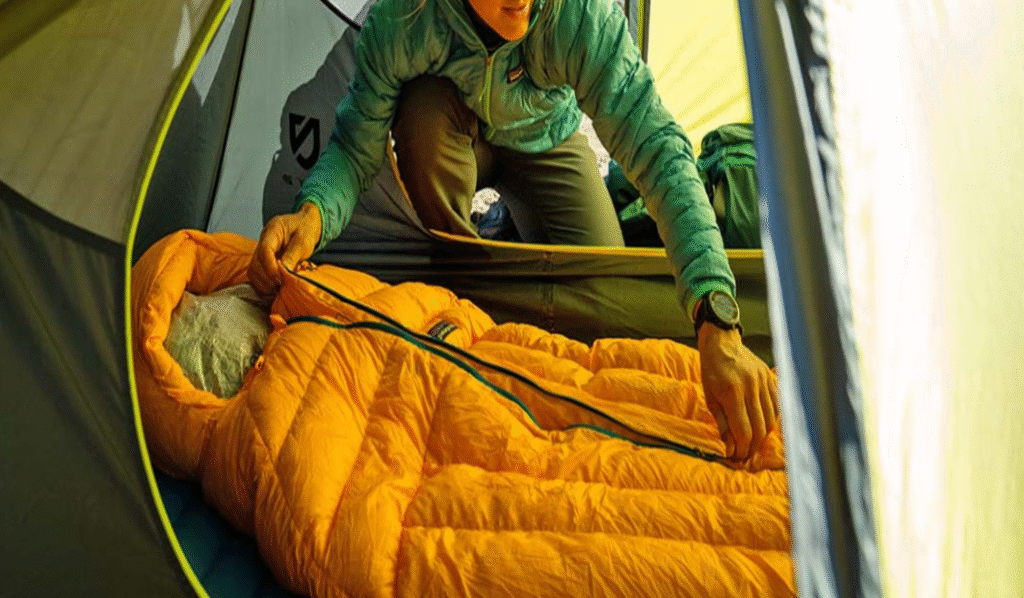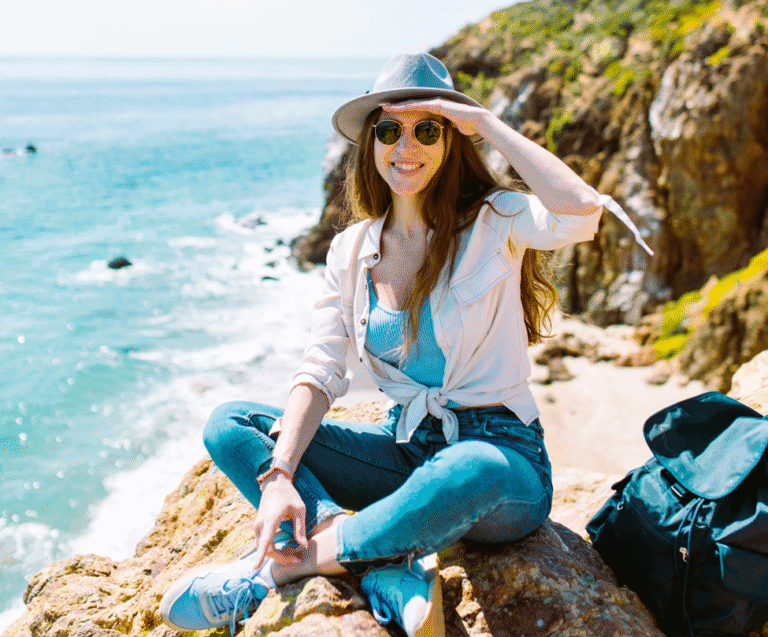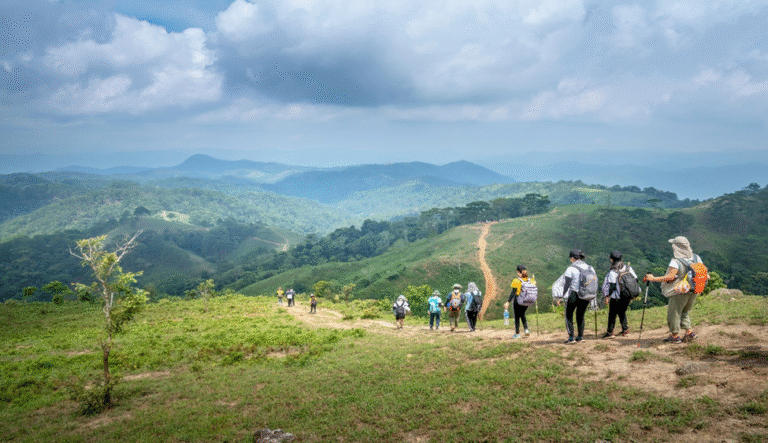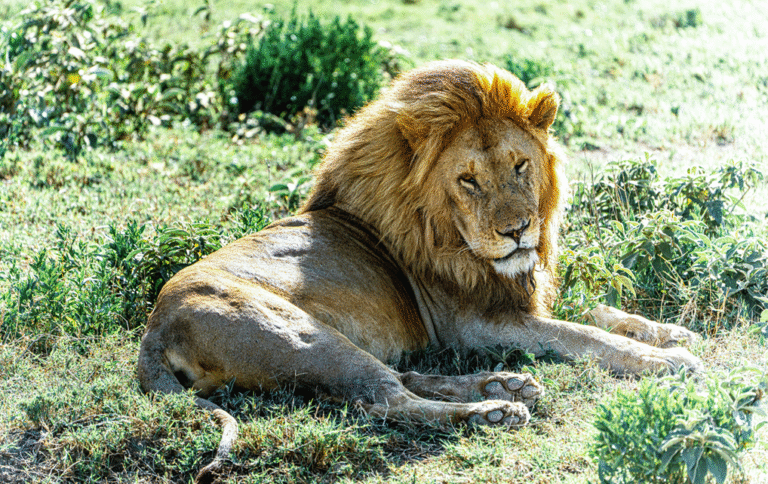
Choosing a sleeping bag for backpacking is essential while hiking. Not only does a good bag keeps you warm, but it also ensure comfort and readiness for adventure. Furthermore, It’s your main source of warmth at night, so it must be reliable. To help you make the best choice, here’s how to pick the best type for your backpacking trips.
1.Consider the Season and Temperature Rating

Sleeping bags for backpacking come with temperature grades. These grades indicate the lowest temperature that the bag can bear. Always pick a bag suitable for the climate you’ll be in while hiking. Sleeping bags are often classified into three-season bags and winter bags.
1. Three-season bags cover spring, summer and fall season. They usually have temperature grades ranging from 15°F to 30°F. These bags are adjustable and suitable for moderate weather.
2. Winter bags are suggested for colder temperatures. These bags can bear temperatures below 15°F. They are heavier, but they are suggested in very cold climates.
2. Choose the Right Insulation Type: Down or Synthetic

Sleeping bag for backpacking have two major types of insulation: one is down and second is synthetic. Each has pros and cons.
Down Insulation
1. Down insulation bags offer high warmth-to-weight ratio. This means you get warmth without the further bulk.
2. Down bags packs compress to save room in your backpack.
3. High-quality down is durable and can last for years with proper care.
4. Downside: Wet down bags lose insulation and takes longer to dry. It is also expensive more than synthetic.
Synthetic Insulation
Synthetic insulation bags keep warmness even when bag is wet. This is an advantage for wet weathers.
1. Synthetic bags are less costly than down insulation bags.
2. Synthetic materials dry fast, unlike down material.
3. Synthetic bags tend to be heavyweight and larger than down bags. Synthetic bags also have a shorter lifespan than down bags.
Choose down insulation bags if you value warmth, lightness, and portability. Choose synthetic bags if you will be in rainy weather or want to save money.
3. Look at the Shape: Mummy, Rectangular, and Semi-Rectangular

The form of the sleeping bag for backpacking influences both comfort and warmth.
Mummy Bags
Mummy bags are the most efficient as they are tapered and fit close to the body.
1. This reduces empty space and keeps you warmer.
2. Using less material, results in lighter goods.
3. Downside: They can be constricting, particularly for those who move during sleep.
Rectangular Bags
1. These bags are more spacious, allowing for more movement and stretching.
2. Effective in moderate weather but less so in colder temps.
3. Downside: They are typically bigger and heavier, making them less suitable for trekking.
Semi-rectangular Bags
1. Semi-rectangular bags provide both warmth and room, making them a balanced option.
2. More mobility than mummy bags without sacrificing efficiency.
3. Downside: They are not as warm as mummy bags, making them suitable for milder weather.
Mummy bags are the most popular backpacking accessory because of their convenience and warmth. If you prefer additional space, consider a semi-rectangular shape.
4. Pay Attention to Weight
Weight is important when hiking. In particular, lightweight sleeping bag for backpacking makes hiking easier. However, these bags tend to be more expensive. But they are mostly expensive. Specifically, Down sleeping bags are best choice for less weight and exceptional warmth. Conversely, synthetic bags are generally heavier. Nevertheless, there are lighter alternatives available for those seeking to reduce weight without compromising performance.
1. For a minimalist approach, choose bags weighing less than 2 pounds. These are perfect for backpacking over long distances.
2. Moderate weight bags: These bags weigh about 2-3 pounds, providing a good blend of ease and heaviness. They are appropriate for regular backpacking.
Consider the weight sensibly, particularly if you are traveling long distances.
5. Check for Extra Features

Some added features increase ease and convenience.
1. A collar around the neck holds warm air.
2. Hoods offer warmth for the head, especially in cold weather.
3. Full-length zippers provide elasticity and allow for ventilation through hot weather. Some bags design half-zippers for a more solid form.
4. A designed foot box offers sufficient space for your feet. This can provide additional comfort, particularly with mummy bags.
Consider these choices based on your temperature and preferences while hiking.
Minor things can make an important influence in comfort.
6. Test the Sleeping Bag’s Packability
Packability is important for backpacking. A decent sleeping bag for backpacking should compress easily into your backpack. Down bags compress far lesser than synthetic bags, making them excellent for saving space.
When packing, use a compression bag to reduce size. Some bags include their own compression bags. Choose a size that suits your backpack without taking up too much space while hiking.
7. Look for a Bag Liner
A bag liner is a good addition for backpacking. Liners add warmth, protect your bag, and can be washed separately. They’re especially useful for longer trips, where cleanliness is harder to maintain. Liners also help extend the life of your sleeping bag by keeping it cleaner.
8. Set your Budget
Sleeping bags for backpacking come at a variety of price points. Down bags cost more, but they last longer and pack smaller. Synthetic bags are less expensive, but heavier and larger. Choose a budget that meets your demands without sacrificing quality. A nice sleeping bag for backpacking is an investment, particularly if you intend to backpack frequently.
9. Read Reviews and Ask for Recommendations
Before you buy, check reviews and ask other travelers for recommendations. Reviews provide real-world information about a bag’s warmth, weight, and durability. Online forums and hiking communities can provide recommendations for the best brands and models.

A perfect camping sleeping bag for backpacking depends on your exact requirements. Think about features like season, shape, weight, compressibility, and insulation type. They are important for a pleasant camping experience.
Pick wisely, the right sleeping bag keeps you comfortable, warm, and ready for any journey ahead. Love every moment on the track!
FAQ’s
What temperature rating should I look for in a sleeping bag?
Should I choose down or synthetic insulation in a sleeping bag?
What shape is best for a sleeping bag for backpacking?
How heavy should a backpacking sleeping bag be?
Are sleeping bag liners worth using in a sleeping bag for backpacking?






